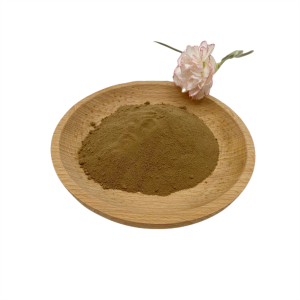Amino acid chelates refer to complexes formed when metal ions (such as magnesium, iron, zinc or manganese) combine with amino acids. This chelation process enhances the stability and solubility of metal ions, making them more readily available for plant uptake. Here are some key points about amino acid chelate forms:
1. Structure:
In amino acid chelates, the metal ion is coordinated with one or more amino acid molecules. Amino acids act as ligands, surrounding metal ions and forming stable complexes. This structure helps prevent metals from settling or binding to soil particles, making them unavailable to plants.
2. Amino acid type:
A variety of amino acids can be used for chelation, including glycine, glutamic acid, etc. The choice of amino acid affects the stability and effectiveness of the chelate.
3. Benefits of Amino Acid Chelates:
| Improved Bioavailability: Amino acid chelates improve plant availability of essential micronutrients, especially in soils with high pH or low nutrient levels.
Enhanced Absorption: The chelation process promotes the absorption of metal ions through plant roots and leaves, promoting better nutrient absorption. Reduced Toxicity: Chelation helps reduce the toxicity of certain metal ions, allowing for safer fertilizer application. |
 |
4. Application:
Amino acid chelates can be used in foliar spray. They are often included in fertilizers and nutrient solutions to enhance the effectiveness of micronutrient delivery.
In conclusion:
In summary, amino acid chelate forms are complexes of metal ions bound to amino acids that enhance the bioavailability and absorption of essential plant nutrients. This form facilitates improved nutrient management and promotes healthy plant growth.
For more information, please feel free to contact us:Info@g-teck.net
Post time: Nov-07-2024





